
Developer: Double Fine
Publisher: Bandai Namco
Platform: Steam, Switch, PS4, Xbox One
Tested on: Switch
RAD – Review
The 80s are pretty hot right now and Double Fine’s RAD -short for radical- tries to play into that trend. Even from a distance, it’s clear that this roguelike beat ’em up oozes the style of that decade. Get out your Sony Walkman and dust off that neon training suit, it’s RAD time!
Story
Taking place in a post-post-apocalyptic world, RAD opens with a female voiceover that explains what happened. Things are kept vague, with the girl talking about “ancient ones”, “the elder” and “the first (and second) apocalypse” but from the context, it becomes clear that Earth has become subject to not one but multiple catastrophic events. Several attempts were made by the Menders to set things right, but when those attempts failed, the Menders left. Now, a handful of survivors have to make due and hopefully make the world a livable place again.
Apart from the introduction that sets the tone, a lot of the story is delivered through more voiceover work while you encounter relevant landmarks. At first you don’t know who the Ancient Ones are and what their deal was, but as you explore the world and discover more about them, it becomes clear how the world came to be the radioactive mess that you’re in. Everything you discover is logged in the “Tome of the Ancients”, a notebook that works both as an encyclopedia to the history of RAD’s world, but also as a character reference book.
Graphics
The game takes place in a post-apocalyptic world, but the drab colors and grim atmosphere of Fallout couldn’t be farther away. Neon is everywhere and fittingly so as the game attempts to emulate a particular time of the late 80s and early 90s culture. At a certain point back then, it seemed like pop culture was obsessed with mutations, ooze, toxic waste. This era spawned the likes of the Toxic Avenger and the Teenage Mutant Ninja Turtles and was the obvious inspiration for the fluorescent punk style of RAD. Apart from the color scheme, and the design choices for the characters (who look like they could be extras in Stranger Things), this is further enhanced by a CRT-filter for just that extra bit of authenticity. If you prefer your graphics a bit crisper, the CRT filter can be turned off, although it feels wrong compared to the mood the game is trying to set.
The graphics are deliberately rough and unpolished: they’re not quite pixelated enough to be considered retro pixel art but they’re definitely not as smooth as they could be in a 2019 game. Although the result of this hybrid between modern and retro graphics is still pleasing to look at, Double Fine perhaps should’ve bitten the bullet here and gone full SNES or Megadrive style graphics in order to go for the full experience.
Sound
The soundtrack ties the game together even further. Synthwave music blasts through the speakers and a deep voice calls out when you pick up keys, acquire a mutation or do other stuff deemed important enough to be narrated. Speaking of narration, apart from that classic badass announcer voice, there’s also narration in the form of a female voiceover that recalls events that led to the desolate world you find yourself in. Audio is crisp and fits the world, the music really drives home the mood and gets you jazzed up as you’re beating up mutants with your trusty baseball bat.
Gameplay
RAD is a roguelike that feels like a cross between a twin-stick shooter and a classic beat ‘em up. As you run around the toxic wastelands, your goal is to find statues and activate them in order to open the door to a boss fight, beating up mutants and collecting resources while doing so. Controls are tight and very responsive. Everything you do is animated, but -and this is important- button inputs don’t wait for an animation to finish, allowing you to dodge enemy attacks even if your boomerang hand hasn’t returned to your arm yet, for example. At first, your actions are limited to running, jumping and hitting enemies with your trusty baseball bat. Running around a desolate, radioactive landscape infested with mutants has an effect on you, however, and soon enough you’ll start to develop mutations as well. Your first mutation will likely be earned by filling up the meter on top of the screen, which you do by interacting with enemy mutants.
There are other ways to trigger mutations though. Some can be instantly triggered by interacting with in-game objects, for example. The twist here is that the mutations that you earn are completely random, although always beneficial. These range from extra health to shooting spikes from your body and anything in-between. The randomness of these mutations means playing the same level multiple times never feels the same as your new abilities will change the way you navigate each level. In addition, each map has multiple spawn points, and the one you start from is randomly chosen as well. This means that every run you make feels different, and it keeps replayability high. The game encourages you to actively explore each level rather than rush to the boss, with counters tracking how many enemies you’ve slain, for example. The downside of this randomness is that it becomes difficult to come up with a strategy for each boss, as a lot of your abilities depend on how the dice lands when you pick up mutations, and each of your characters will mutate in different ways.
Of course, it isn’t completely random: certain mutations and weapon upgrades can be purchased using cassette tapes, which are used as currency. The items you’ll want to buy to face the bosses aren’t cheap, so the game encourages you to explore the world in order to grind out cash. It’s best not to just randomly spend it though: the overworld hub plays host to a bank and depositing enough cash will turn you into a premium customer, unlocking new perks. There’s a ton of stuff to find and unlock, including extra characters and hidden sidequests. That’s a ton of content, and RAD squeezes daily challenges and online leaderboards in as well, so there’s a lot of value to be found here.
Conclusion
Although the 80s aesthetic is everywhere in RAD, it still feels like a modern game. The game manages to keep you engaged by constantly surprising you with randomness in mutations, enemies and spawn points meaning no two runs of the same level will feel the same. It could have used a bit more polishing around the edges but overall it’s hard not to recommend this game to anyone that enjoys a bit of 80s nostalgia.
RAD - Review,
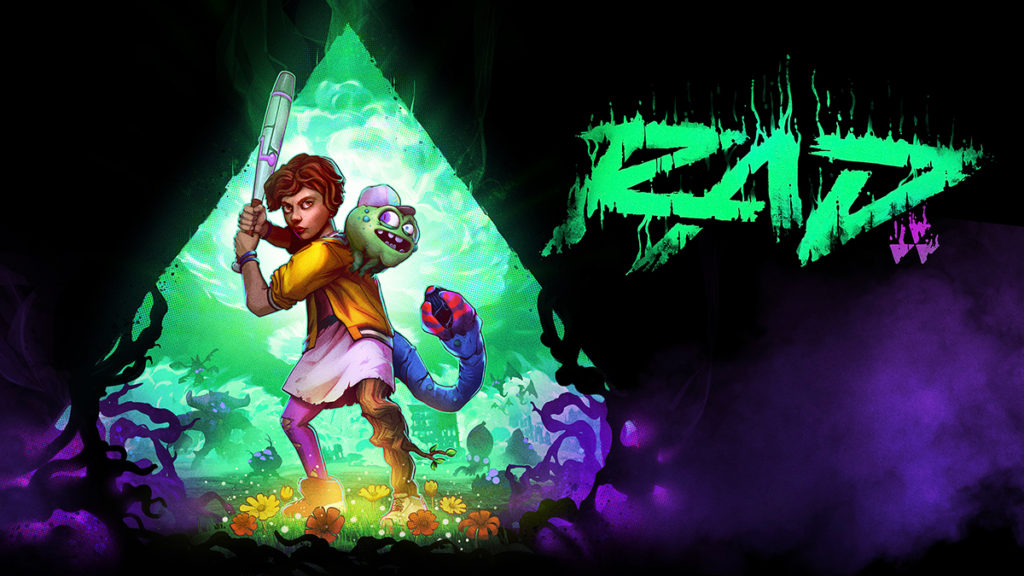


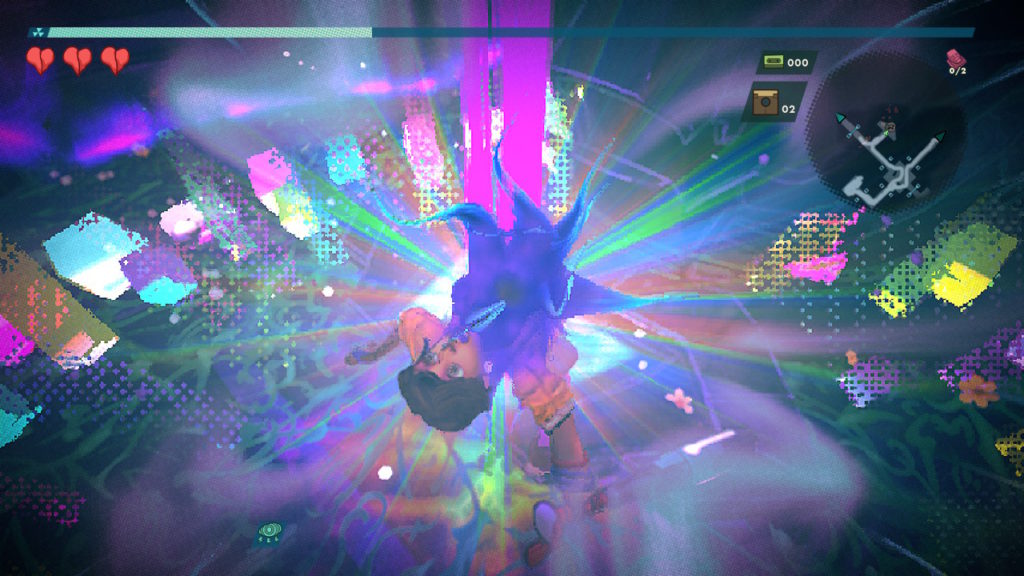

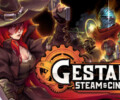

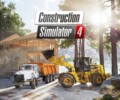
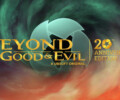
No Comments